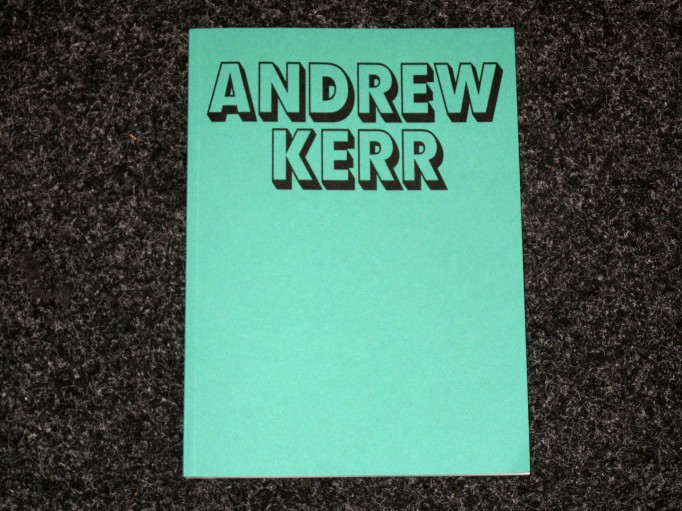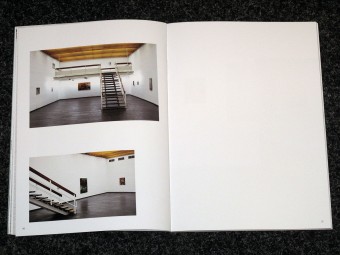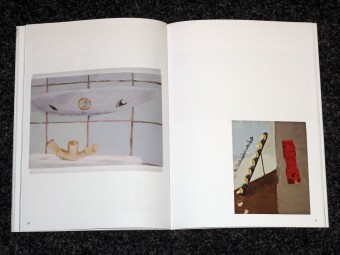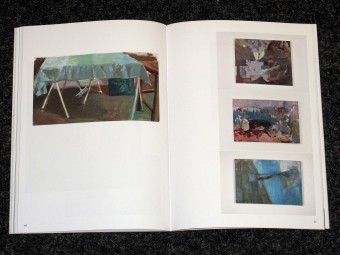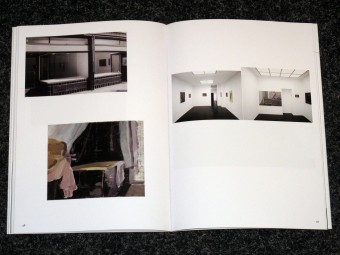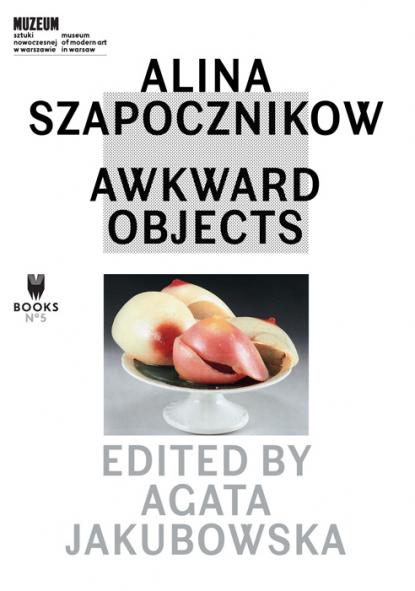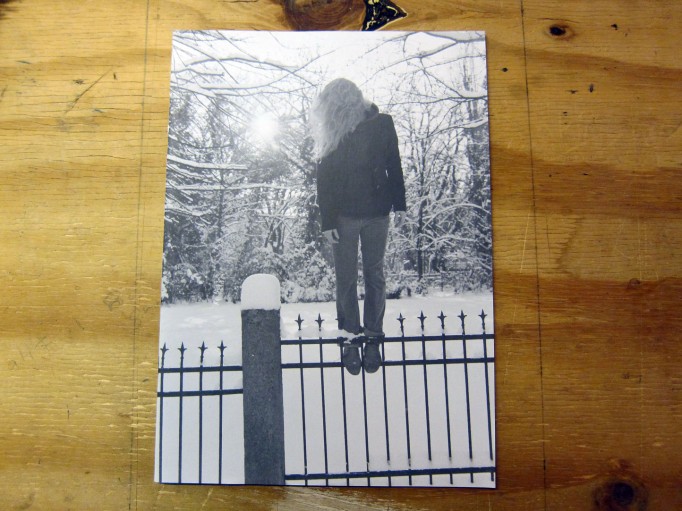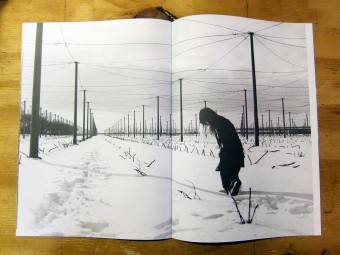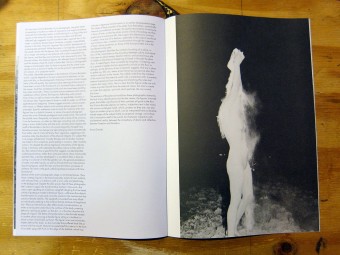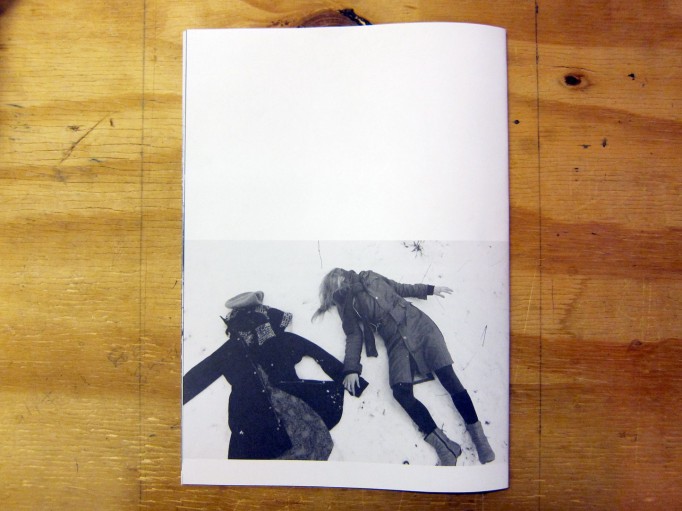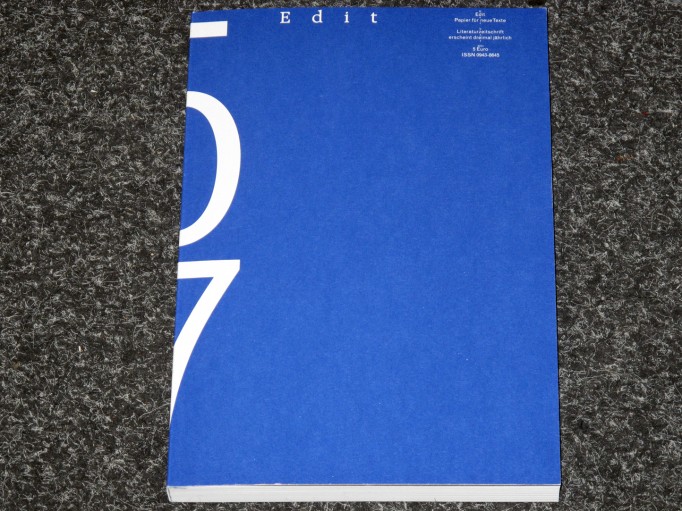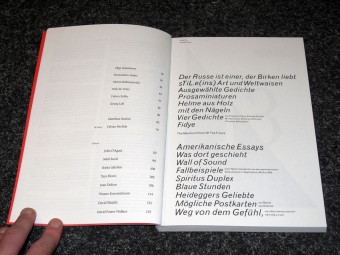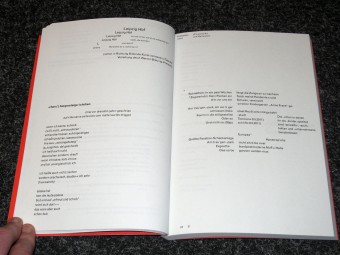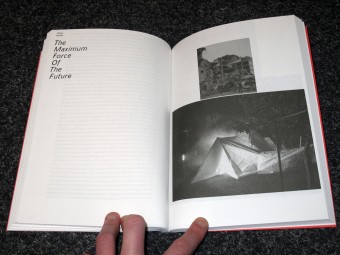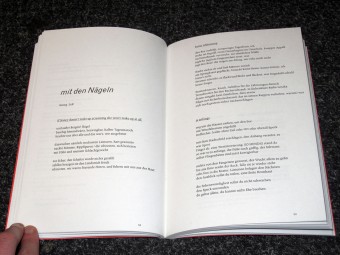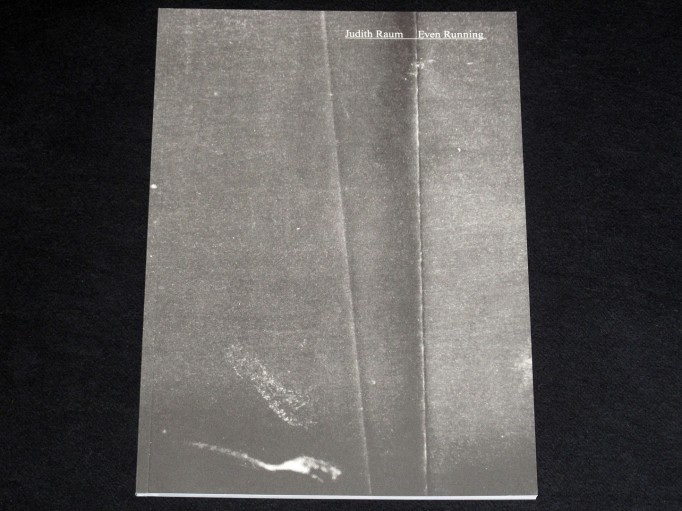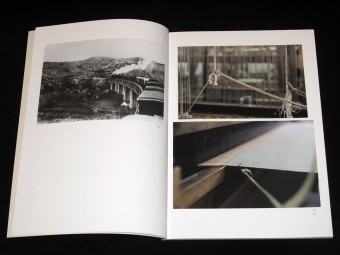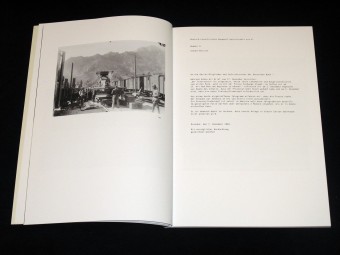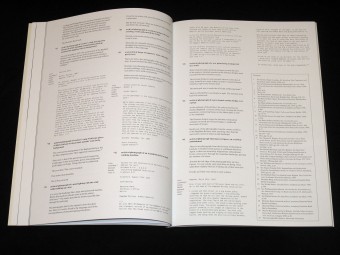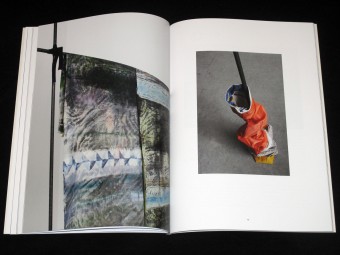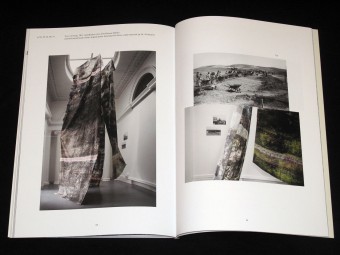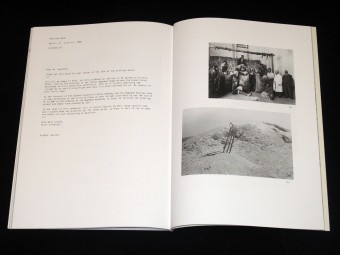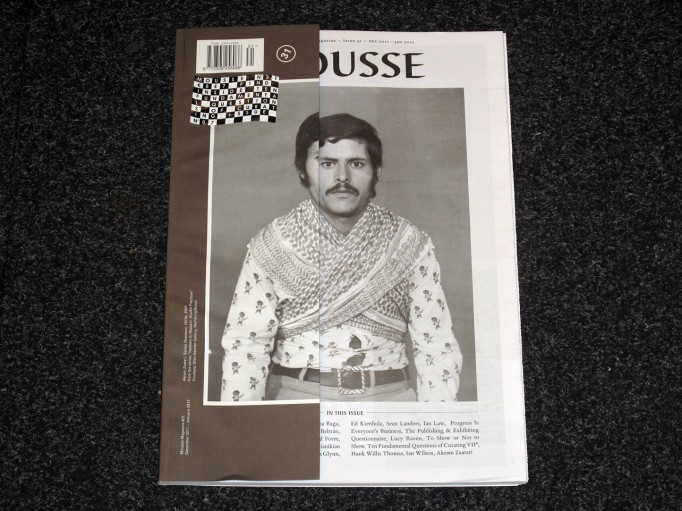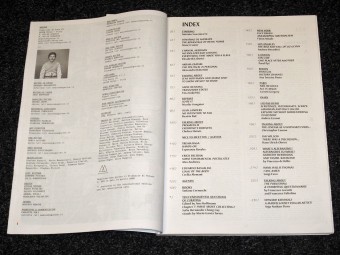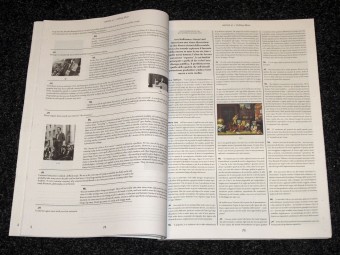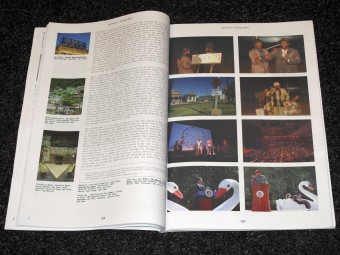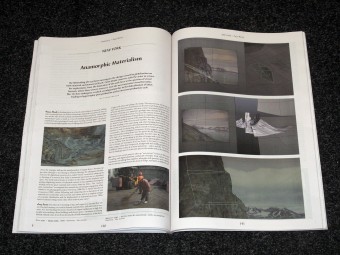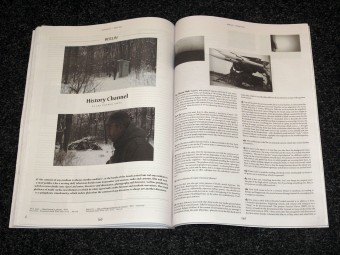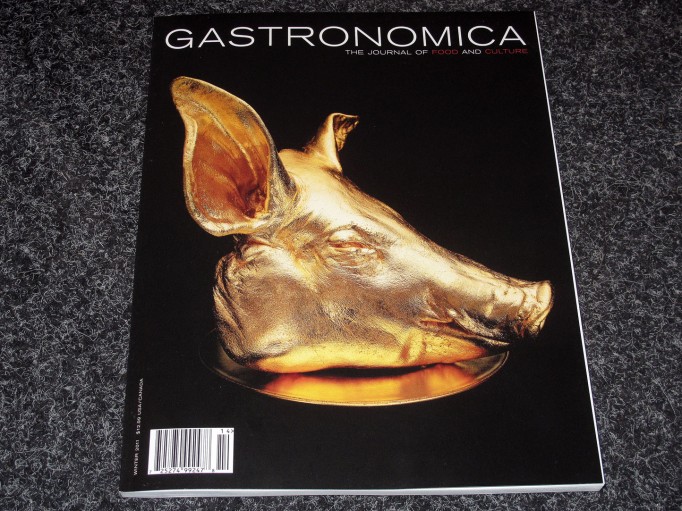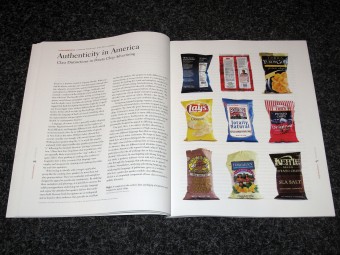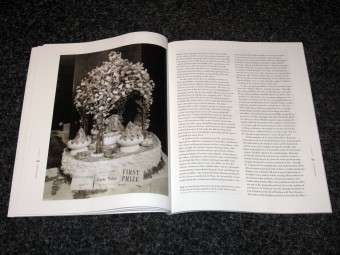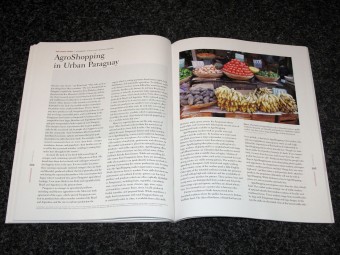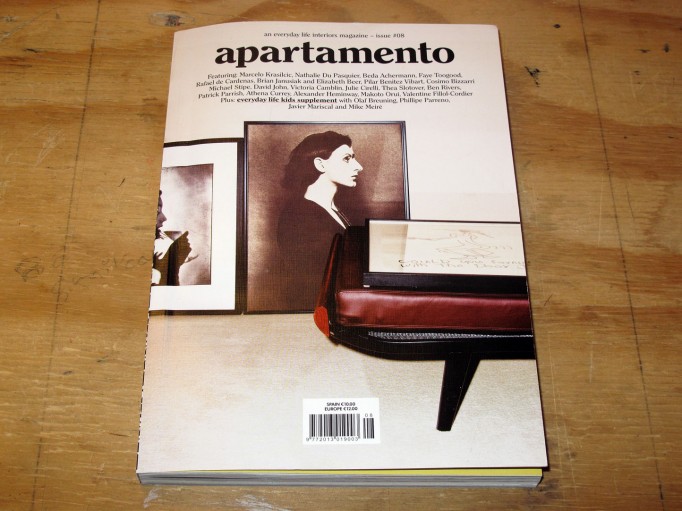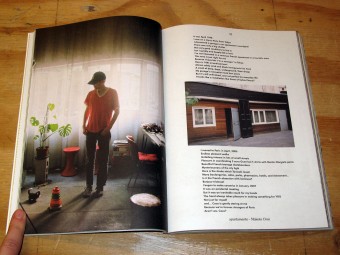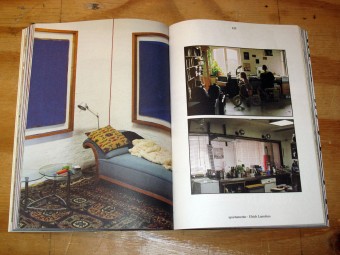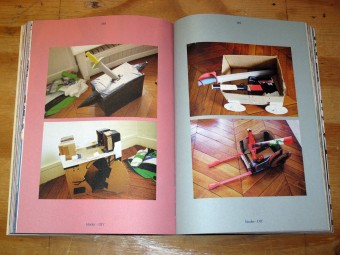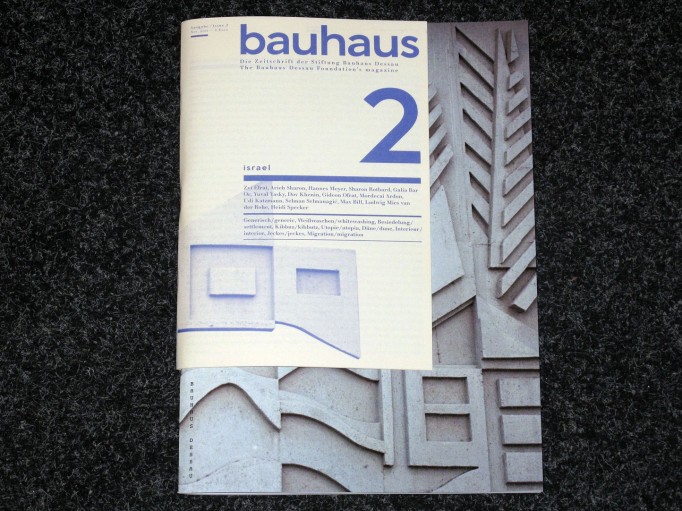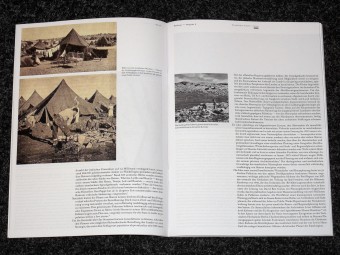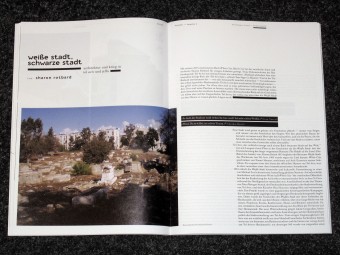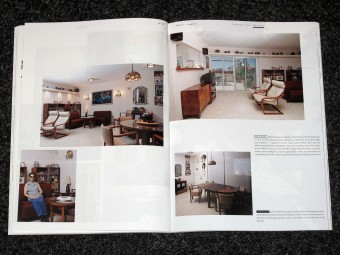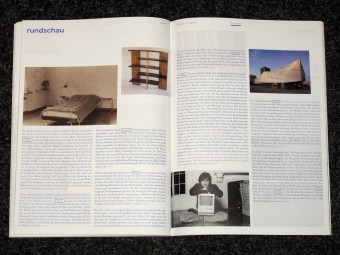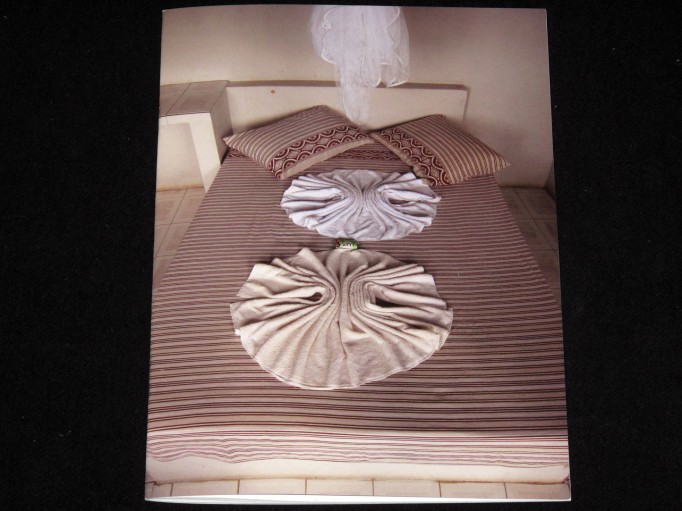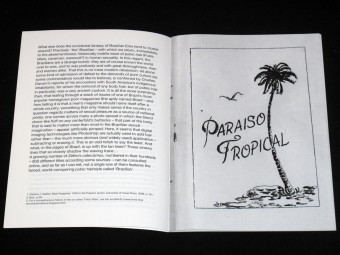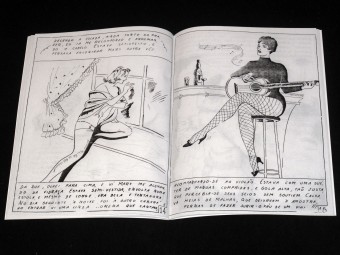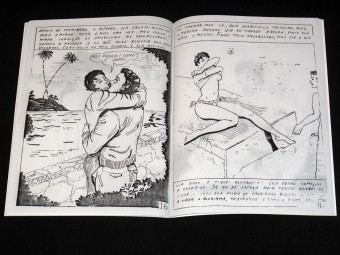Andrew Kerr. Inverleith House, Royal Botanic Garden Edinburgh.
Posted in Exhibition catalogue, painting, writing on December 12th, 2011Tags: Andrew Kerr, art, exhibition catalogue, Inverleith House, painting, Royal Botanic Garden Edinburgh, writing
Andrew Kerr. Inverleith House, Royal Botanic Garden Edinburgh.
In 1999, Inverleith House presented an exhibition open to all artists living and working in Scotland, called ‘Absolut Open’. The 29 artists chosen to exhibit were selected from submissions by over 350 artists, spanning several generations and encompassing every artistic medium and style. A few of the artists represented were already well-known at the time, but most were not. One of the strangest and most scuccessfuil works in the exhibition was a cardbopard sculpture made by Andrew Kerr, a young artist who had only just graduated from Glasgow School of Art. It took the form of a ‘cast.’ taken from another sculpture – the Garden’s ‘Slate Cone’ (Andy Goldsworthy, 1990; resting on the gallery floor like an upturned carapace it was positioned so that both could be viewed simultaneously by looking out of a window towards the hawthorn tree near which Goldsworthy’s sculpture was sited.
whilst Kerr’s sculpture appeared temporary, inmprovised and possibly even slightly irreverent, both forms demonstated an affinity with nature and culture respectively. Born in 1977, Kerr is one of the younger members of an internationally recognised generation of artists who have made exhibitions for Inverleith House in recent years, including Karla Black, Douglas Gordon, Jim Lambie, Victoria Morton, Tony Swain, Hayley and Sue tompkins and Cathy Wilkes.
The exhibition will feature new and recent work and is Kerr’s first major museum exhibition in Scotland, following a major solo exhjibition in 2009 at the Kunstverein in Bremerhaven, Germany and other recent solo exhibitions in Cologne and Glasgow.
Catalogue
D € 20

